When I was growing up in San Diego, my father worked near Lindbergh Field. We would often go pick him up from work. While we waited, we’d watch the planes land and take off from the airport. But there was one other sight that attracted my attention on the drive. A domed tower loomed over the other houses as we drove through Sherman Heights. Fascinated, I convinced my mother to go around the block to see the house. Its towers, turret-like roofline, and dragons looked more like a castle than a house to me. I didn’t know who lived there, and my imagination wove fairytales about the house and its occupants.
I never learned the history of the Villa Montezuma, the name given the house by its first owner, Jesse Shepard, until I attended the 2021 Gaslight Steampunk Expo. I walked past a table that displayed a picture of the house; I nodded to the lady and gentlemen seated there and kept walking. Then I stopped and turned around. I knew that house! It was my fairytale castle. That day I was honored to meet Louise Torio, Chair of Friends of the Villa Montezuma (FOVM), and Charles Spratley, Vice-Chair of FOVM. Their love for Villa Montezuma and their enthusiasm for preserving the house’s history was infectious.
In 2021, on the Saturday following Thanksgiving, I visited The Villa, as it is affectionately called, with my father. Spratley, dressed in period clothing, led the small tour group of five. The small number allowed everyone to enjoy the house’s luxurious rooms.
The first floor’s layout allows visitors to move through the rooms in a circular fashion. The entry hall, where the tour starts, begins to show the extravagance used to construct this magnificent home. The walls are polished wood wainscoting, oak and redwood. The ceiling is covered with Lincrusta Walton wallpaper, a paper product with beautifully painted designs in relief. Also, a steep staircase leading to the second floor. It was a bit overwhelming, realizing everything I was looking at was original to the house.
It isn’t until you pass through the pocket doors leading to the Reception Room do you see the first of the large pieces of art glass. There you are greeted by a window depicting grapes and flowers. And after one-hundred and thirty-four years, the colors are still vivid. `
The next room is the Music Room, where Shepard would perform for his guests. The room boasts more art glass. There is a large depiction of the Greek poet Sappho, flanked by representations of characters from Milton. There are portraits in glass of Beethoven, Mozart, Rubens, and Raphael. The most interesting windows in the room are the two representing the Orient and the Occident—the former of which bears the face of Jesse Shepard. I’ll admit it was tempting to test the room’s acoustics by breaking into song, but I refrained, maybe on another visit.
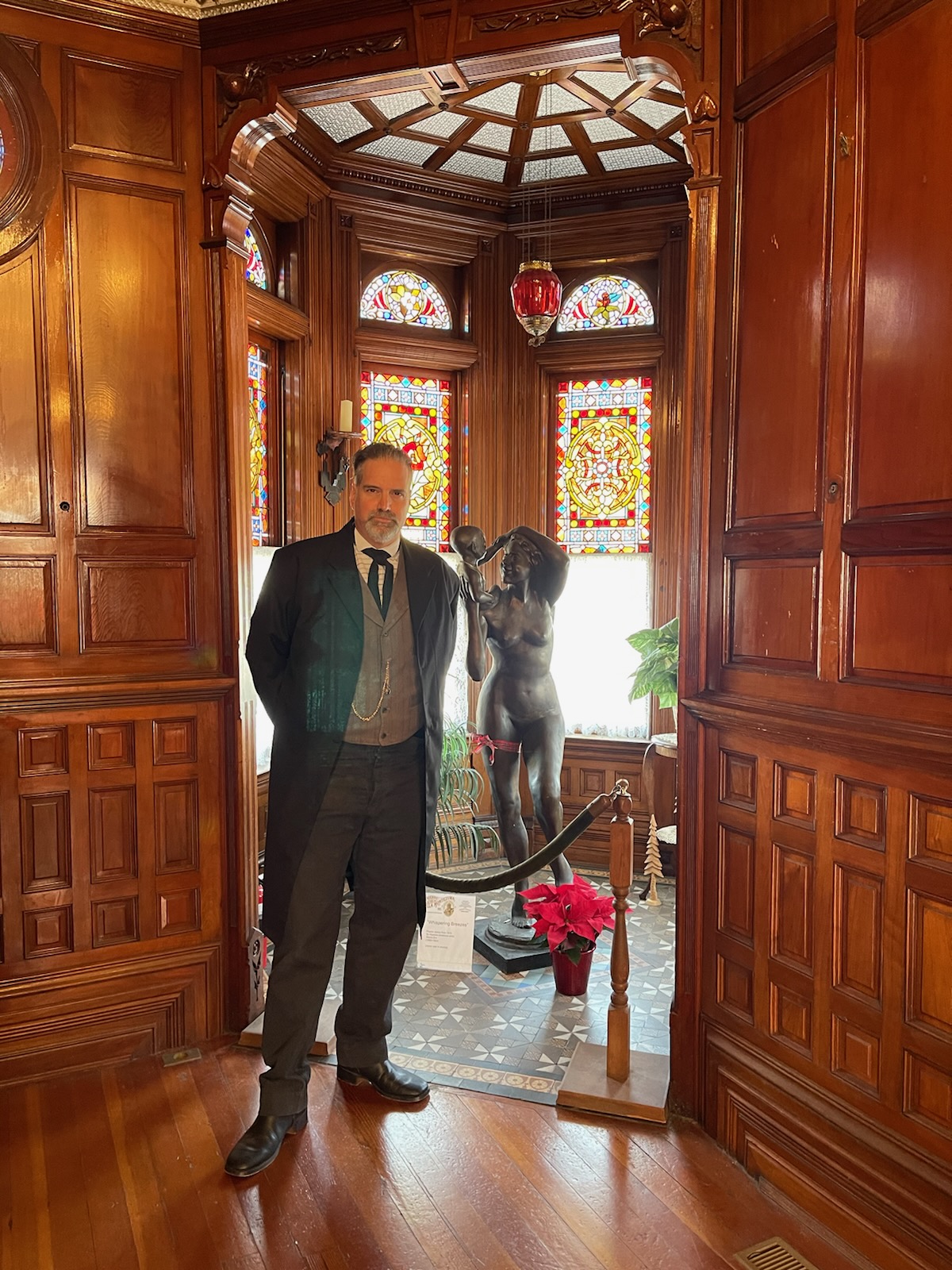
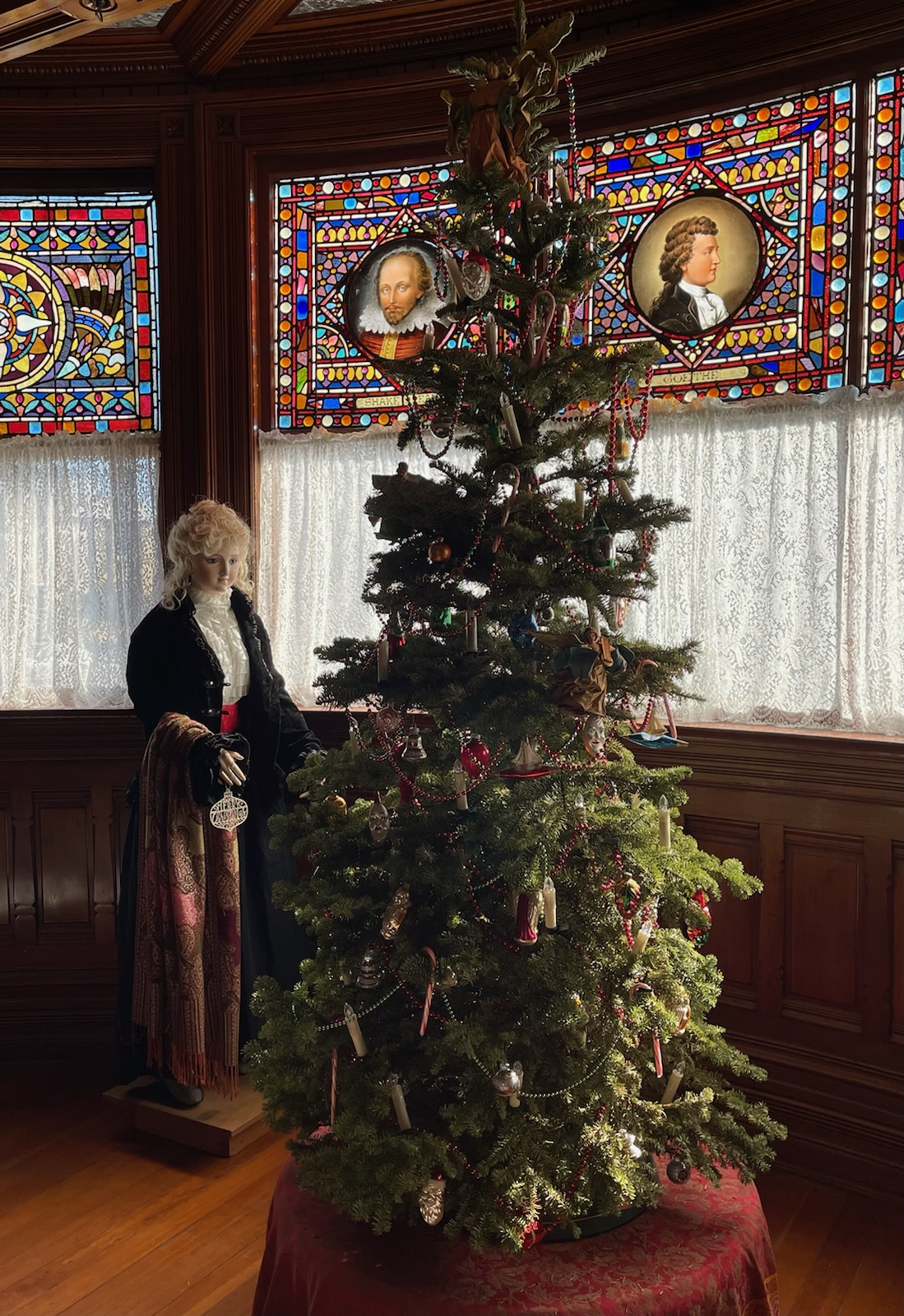
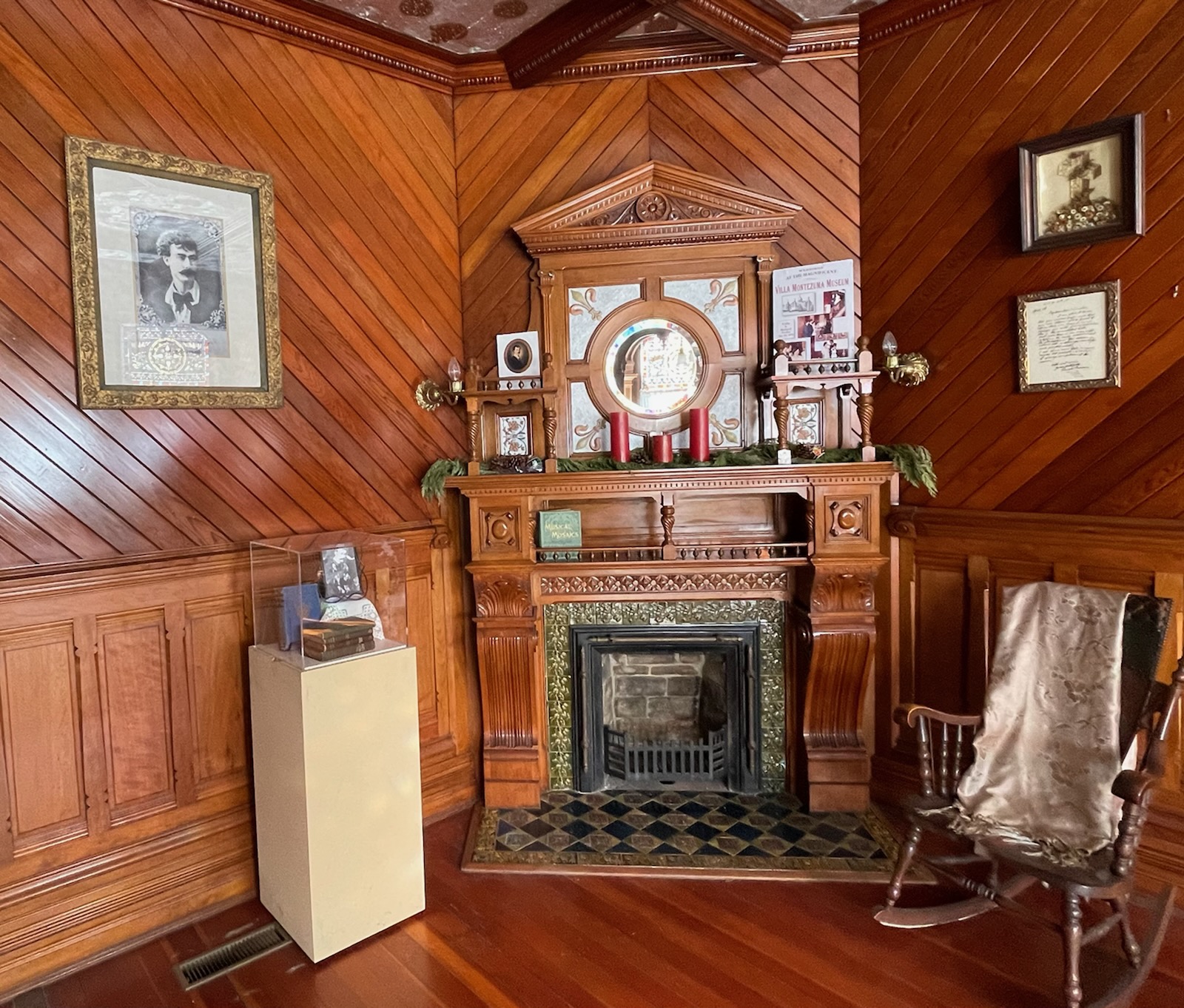
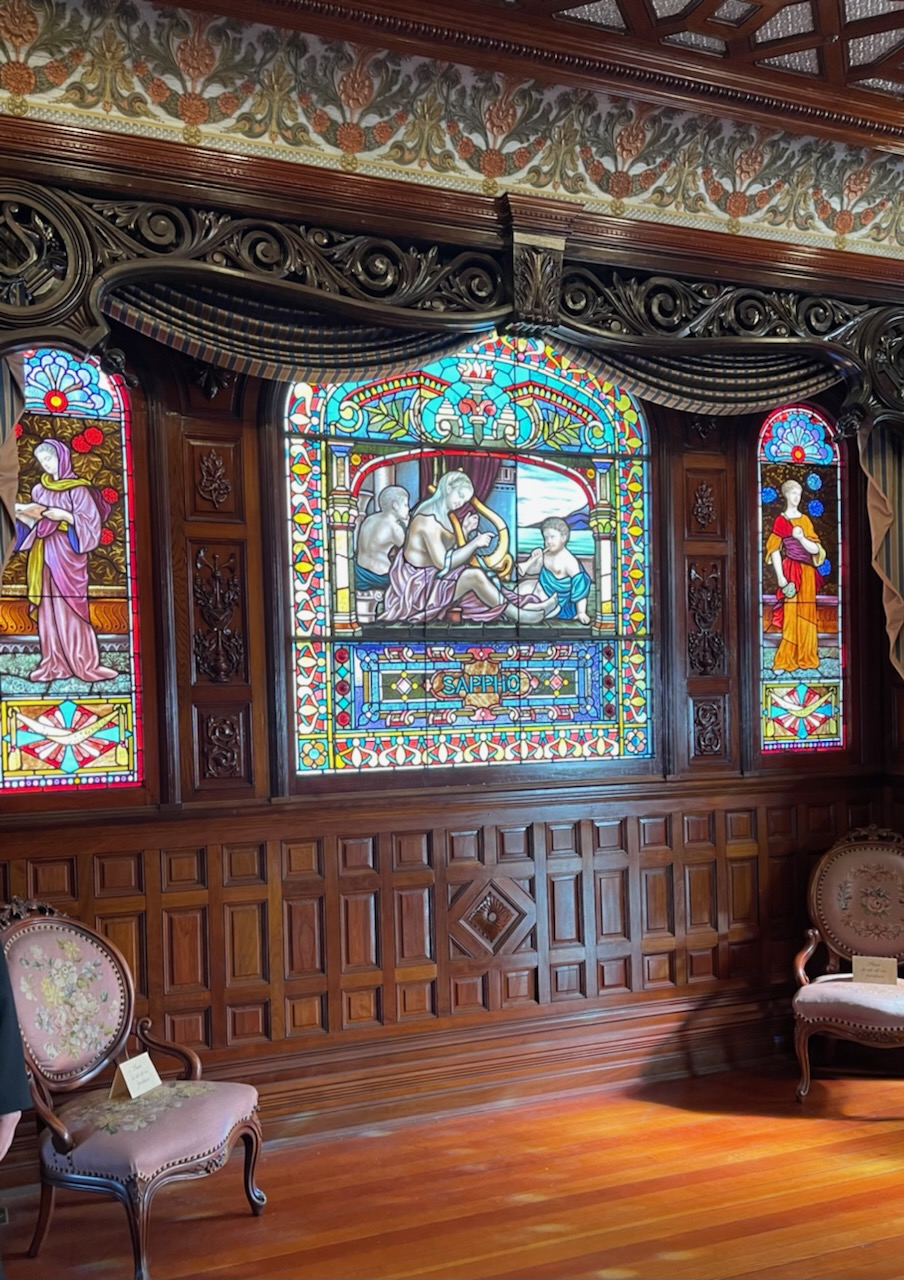
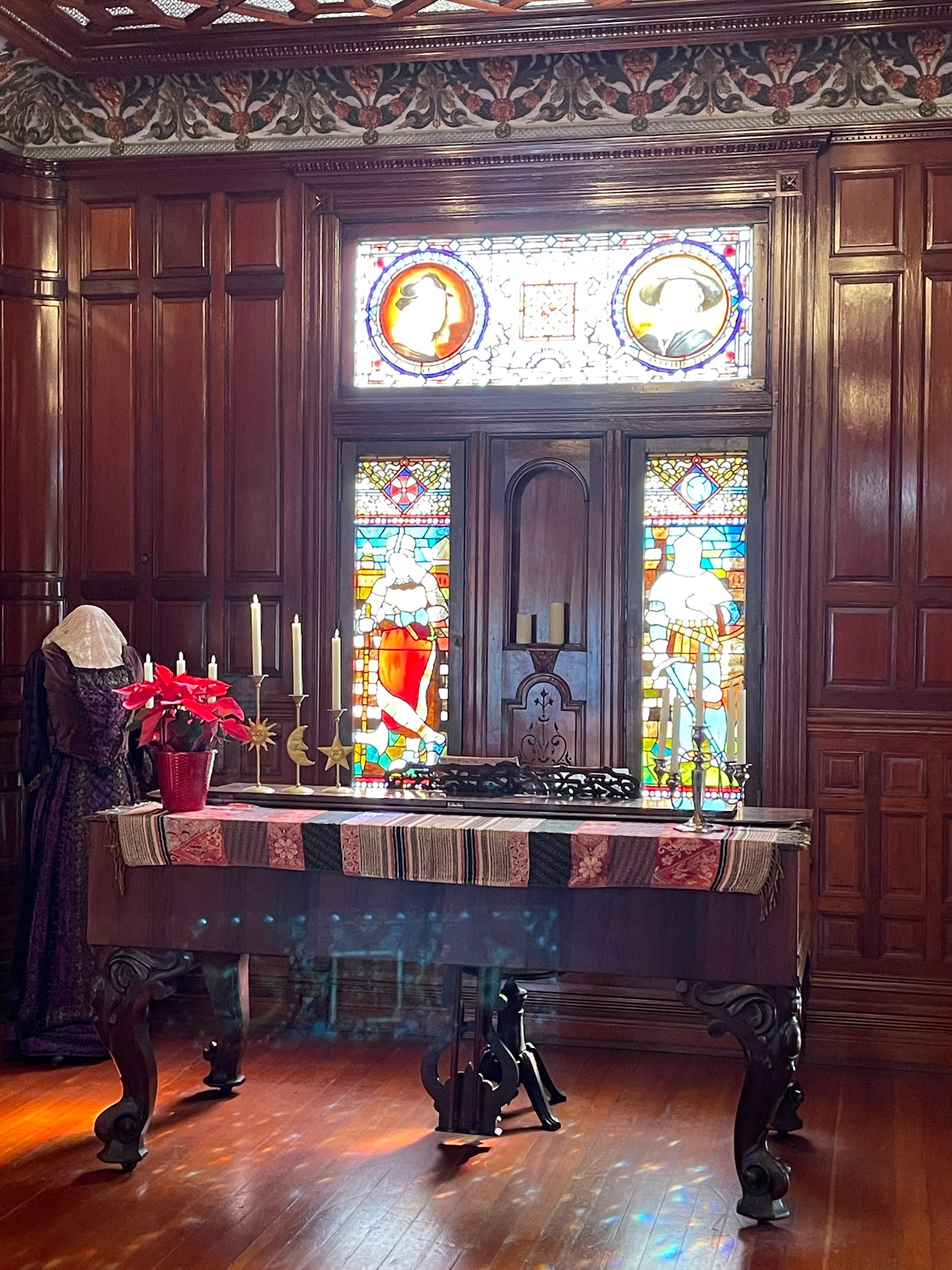
Then the tour moved into the private rooms for Shepard and Lawrence Tonner, Shepard’s secretary and companion. These rooms were not decorated as elaborately as the public rooms. It amazes me that the original fleur-de-lis wallpaper is still intact in Shepard’s bedroom.
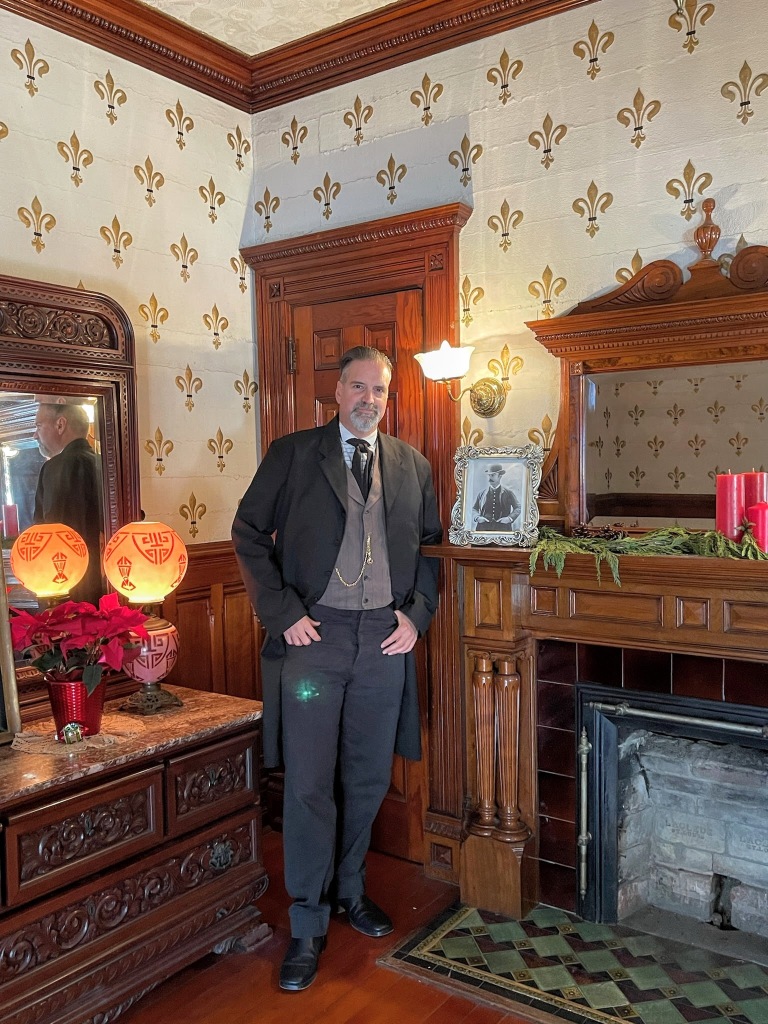
All the while, Spratley is telling us the story of Jesse Shepard in a narrative that’s more like a story than a lecture.
It was a lot to take in. I’m sure there were details I didn’t see and parts of the narrative that I didn’t hear while studying something that caught my eye. I think a second visit is needed to capture what I missed.
The Villa was built in 1887, financed by brothers William and John High to entice musician and Spiritualist Jesse Shepard to move to San Diego. The Queen Anne-style house cost $19,000, while other homes in the area were being built for significantly less. Another $7,000 was spent for the art glass, done by John Mallon and Sons, and is considered one of the most beautiful displays of art glass in a residence in Southern California.
Shepard and Tonner lived in the house for about two years. Shepard often gave concerts playing the piano and singing. During this time, he began his second career as a writer using the pen name Francis Grierson, creating his first essays in The Villa’s tower room. His books were well received, and many are still in print, including The Valley of Shadows, a fictional account of his upbringing in Illinois and life before the Civil War.


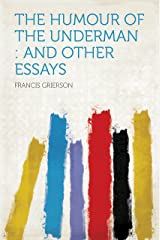
Since Shepard left San Diego for Europe, the Villa has had many owners. We can thank two women that The Villa survived the modernization of San Diego. The first is Amelia Jaeger. She and her husband, Carl, bought the house in 1948 when the freeways were beginning to be built, people were moving out of Sherman Heights, and the old Victorians were being torn down to make way for modern buildings and freeways. Jaeger lost her husband in 1958 but continued to live in The Villa, struggling to maintain the aging house until 1968. At that time, the second woman we can thank came along, Kay Porter. She and a group of friends purchased The Villa. Porter then worked to have the house designated as a City of San Diego Historical Site, protecting the Villa from demolition.

In 2006, FOVM became a 501c3 nonprofit and eventually took over the care of the building from the San Diego Historical Society, ensuring that The Villa continues to stand for the community of Sherman Heights and 1880s San Diego.
Torio spoke of how she loved and supported The Villa, even before she moved to San Diego, visiting the museum whenever she came into town. She said caring for The Villa “brings me joy.” When asked about the future, she spoke of events such as a return of the successful Poefest performed by the group Write Out Loud, musical events, and a fundraiser tea. She also mentioned projects that need to be completed. These include repairing the roof, adding a wheelchair lift to make the building ADA compliant, and repairing the wrought iron fence. To achieve these and other projects, fundraising continues. Maintaining a building this old is a constant battle. As Torio said, “Without a roof or a foundation, you don’t have a building.”
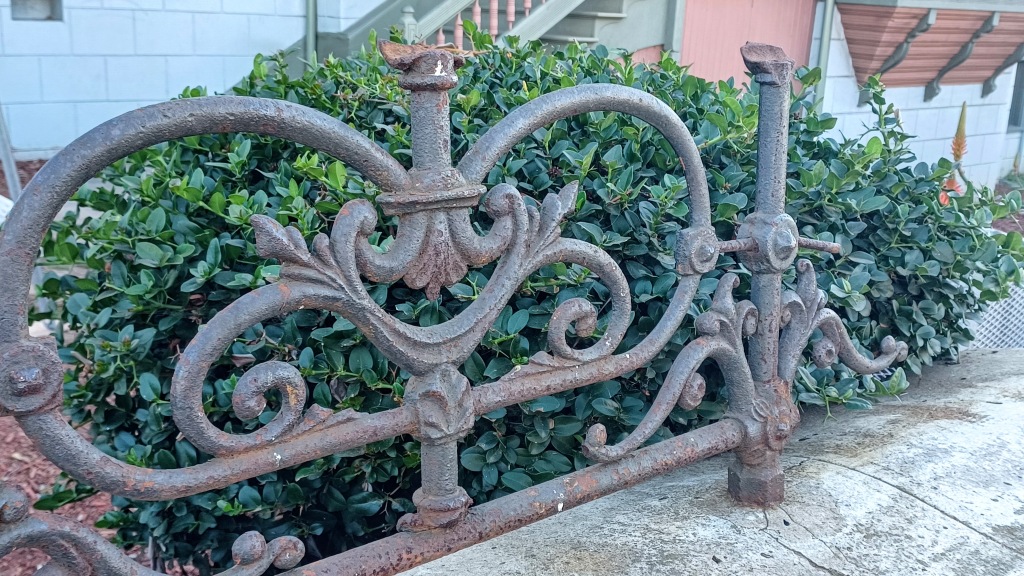
Protecting The Villa and other historic buildings is a passion shared by the all-volunteer staff. Spratley spoke of the importance of saving The Villa and other historic buildings, saying that when you demolished a building “. . . you’ve destroyed something beautiful which can never be replaced and the history that goes with it.”
After spending time at The Villa and with the staff, I have come to love this old house.
The FOVM needs help to continue its work to preserve The Villa. How can you help? Come and take a tour. The Villa is open to the public for tours on Fridays, Saturdays, and Sundays. Reservations are needed. All fees go back into needed repairs and preservation efforts.
Other ways are to become a member of FOVM or donate any amount.
And one more thing, The Villa is not haunted. Many ghost stories are going around about the house and its former occupants. None are supported by facts. The Villa is even included on haunted tours of San Diego. To take control of the narrative, Torio now meets these tours as they arrive at The Villa and tells them the real story of the house. As the museum’s website says, “It’s not haunted, it’s enchanted.”
Until next time, remember the door is always open, and the kettle is always on.

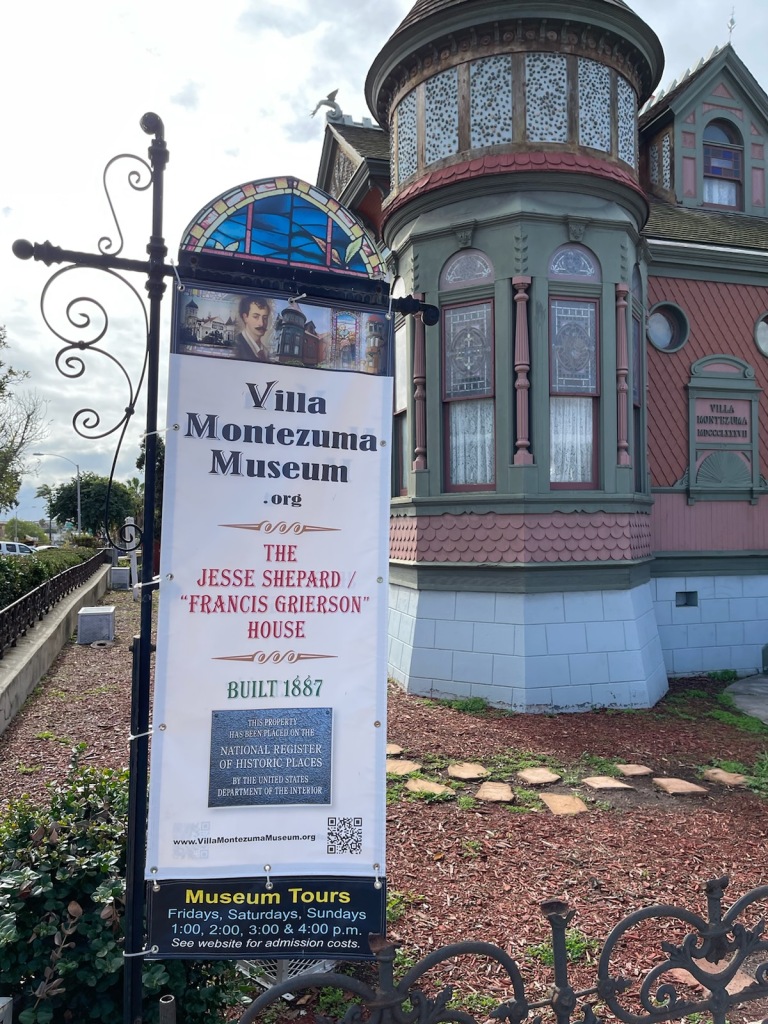

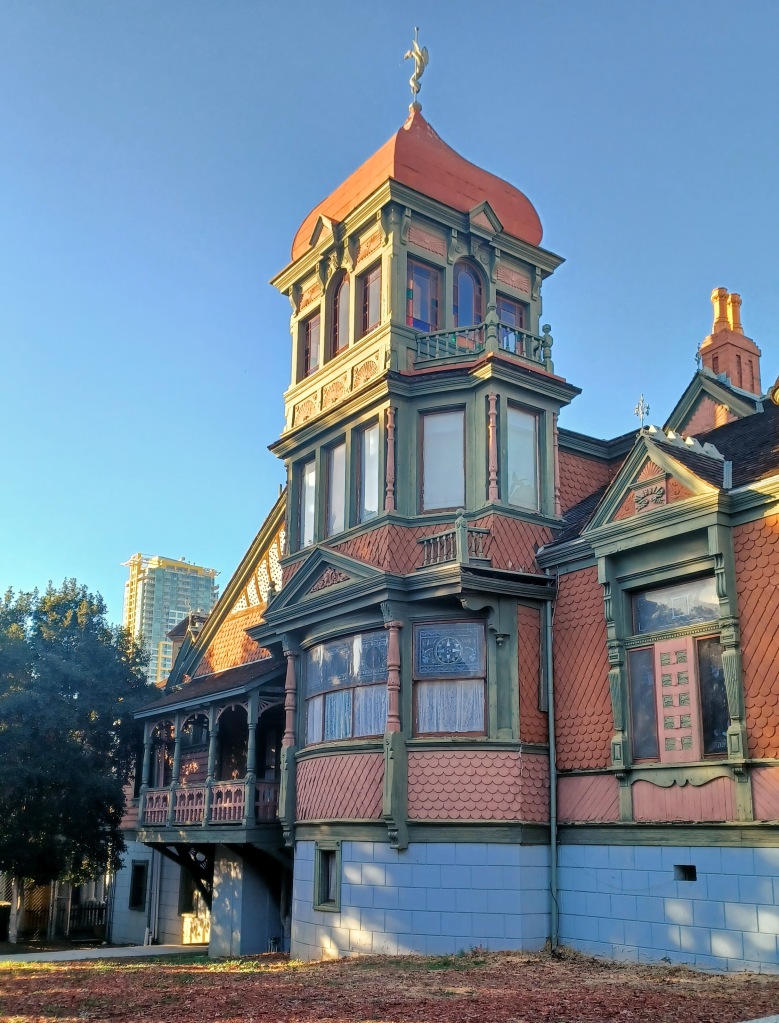
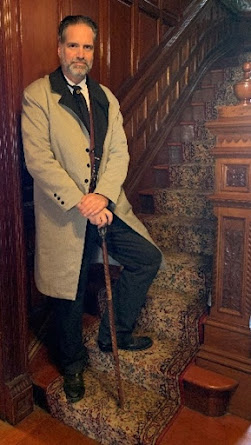

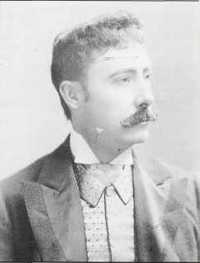
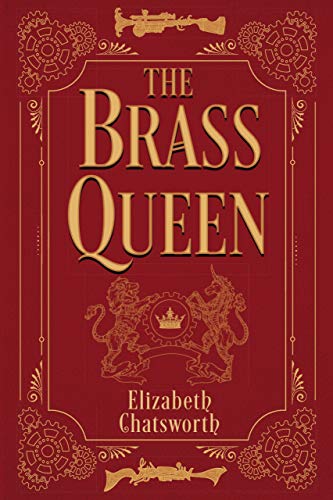
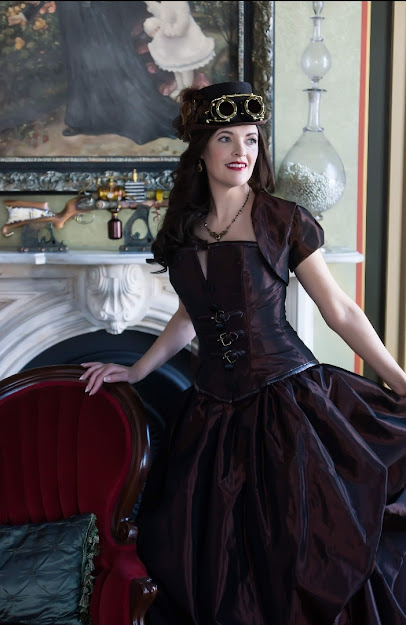
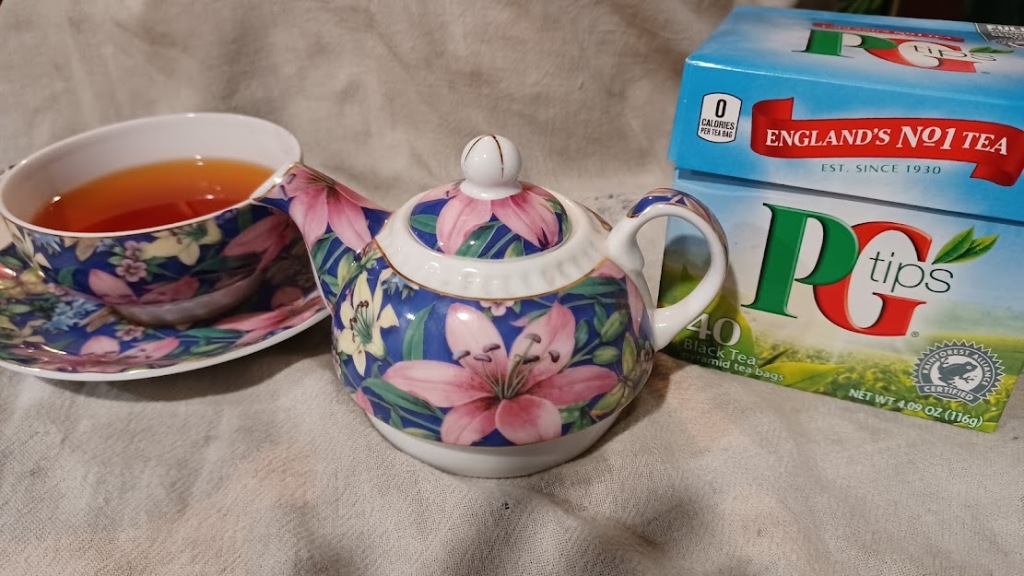
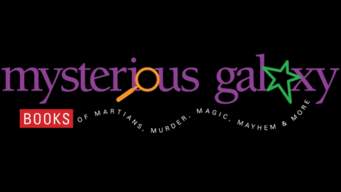
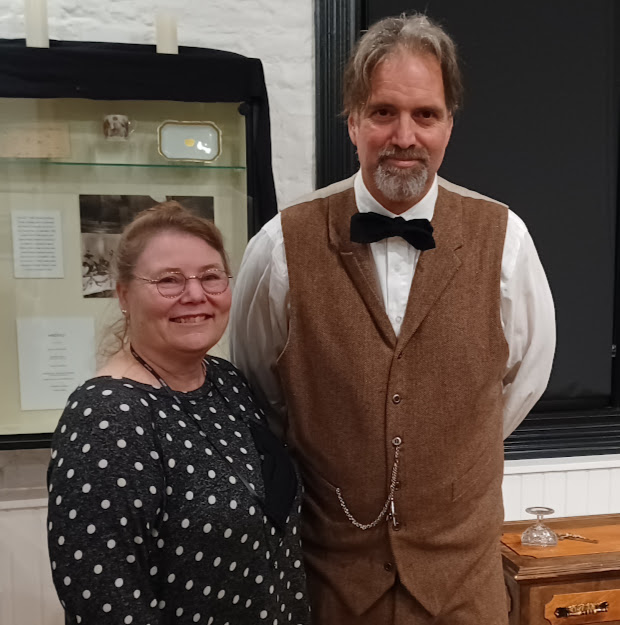
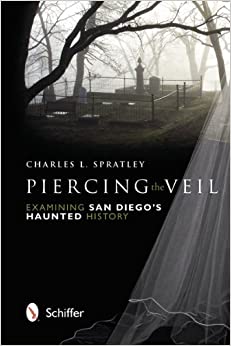
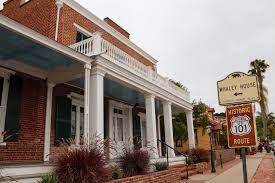

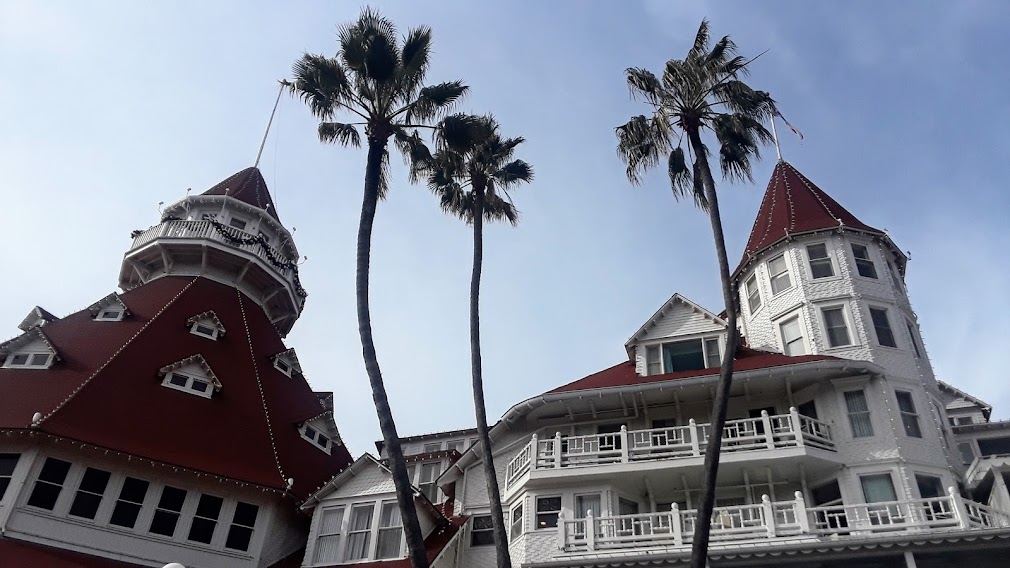

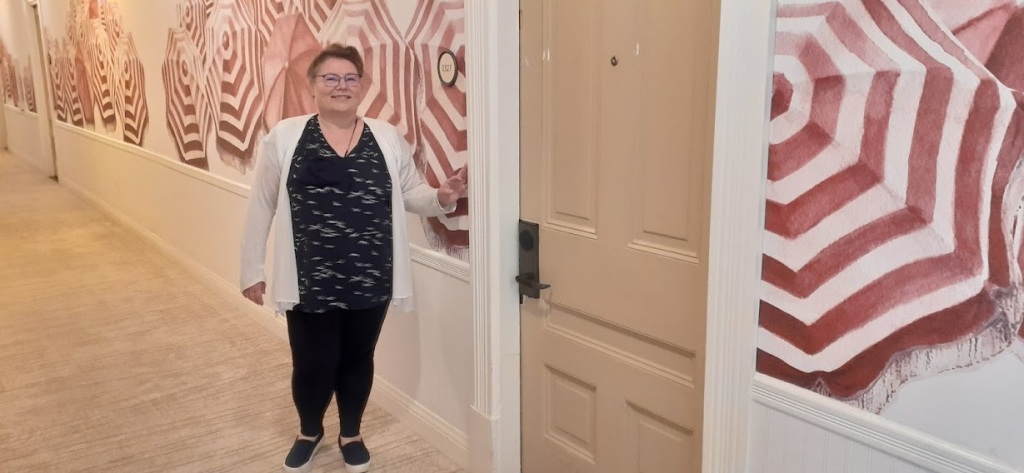

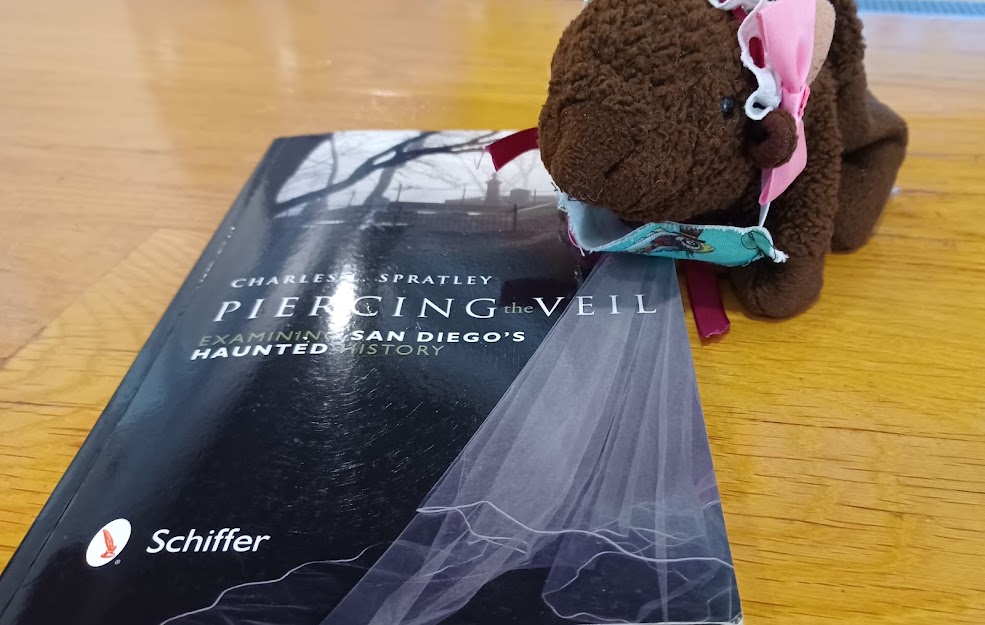

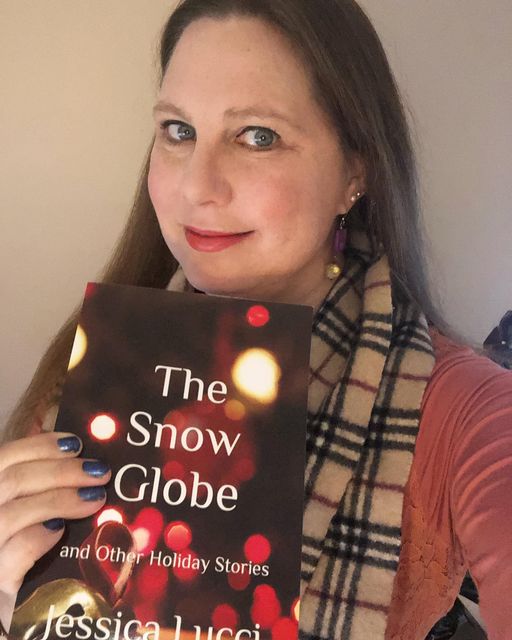
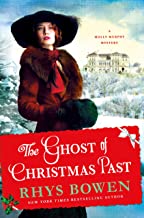
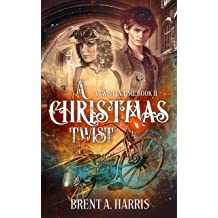
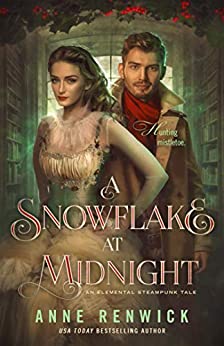
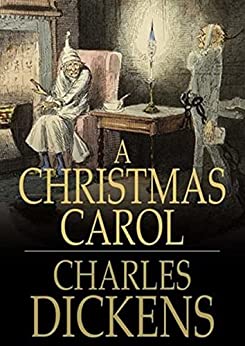
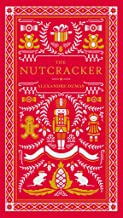
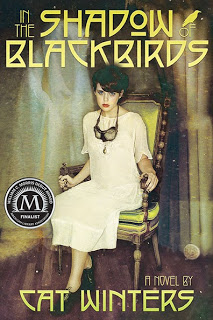



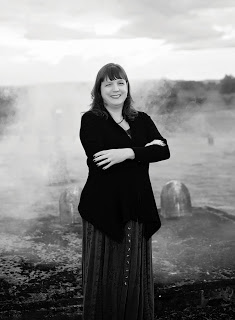
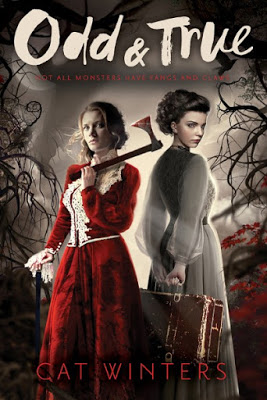
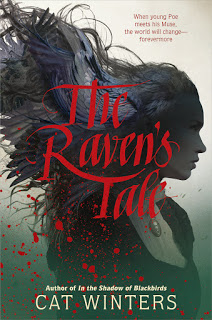




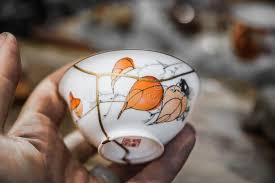
















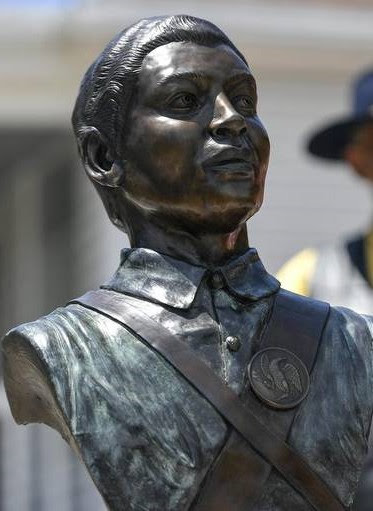








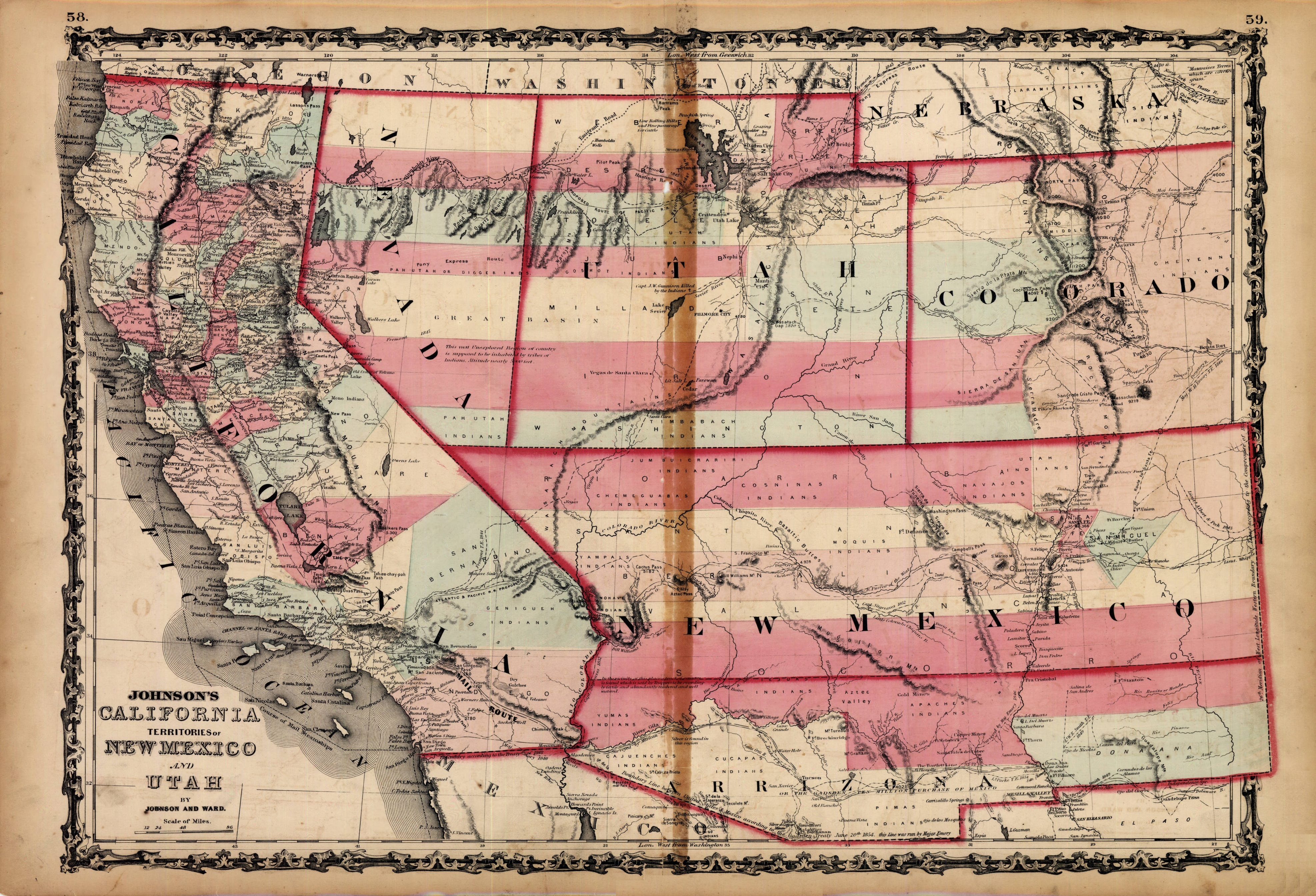
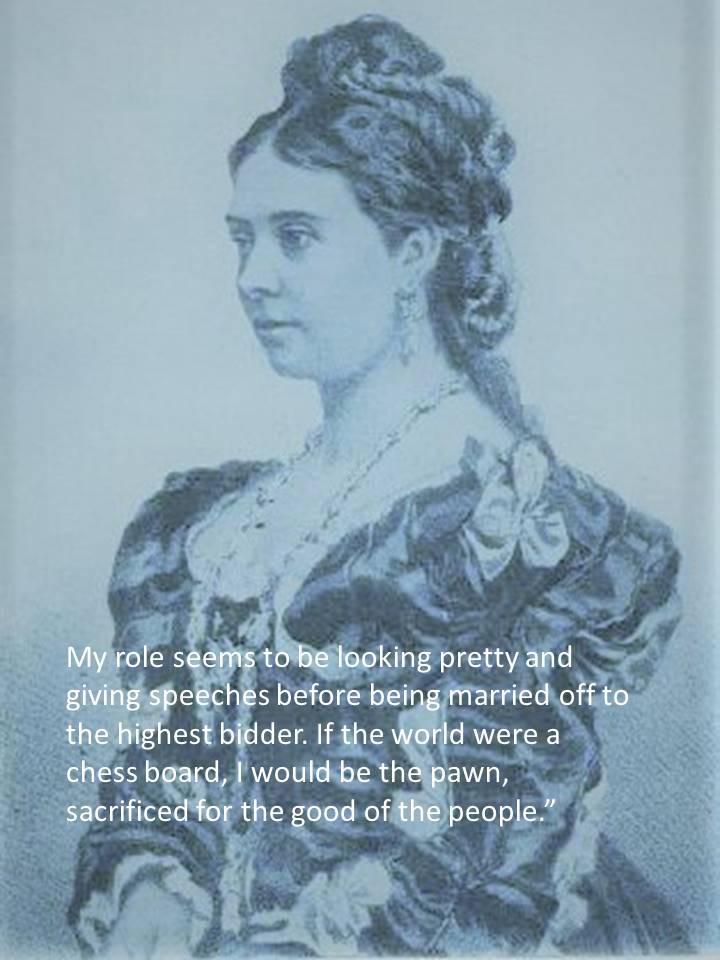




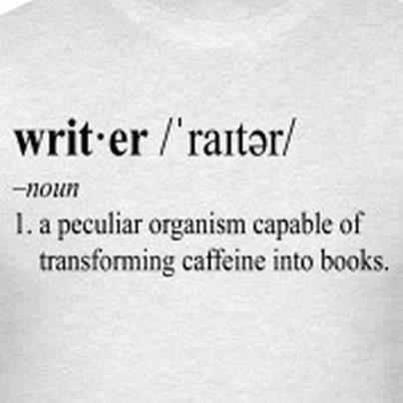
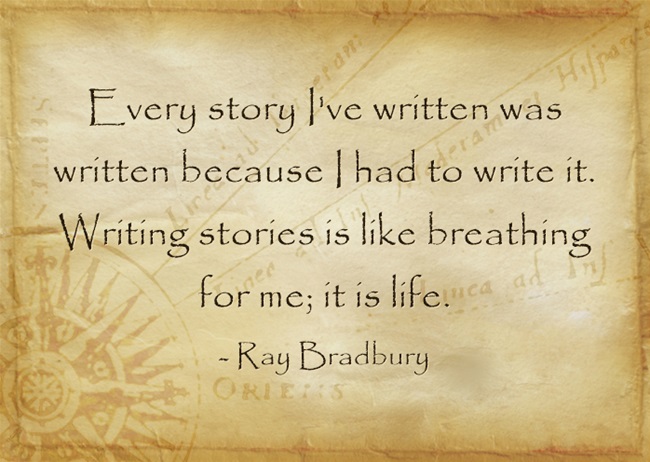
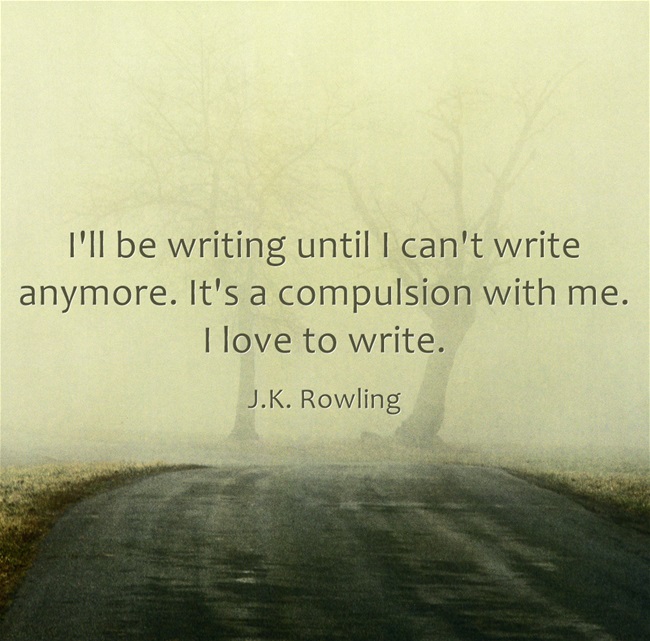
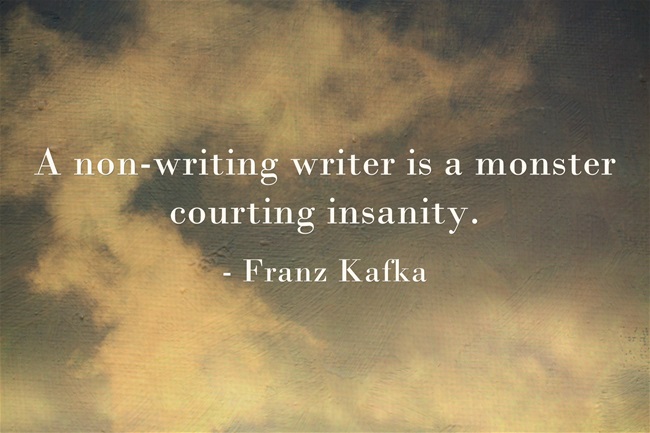







Recent Comments